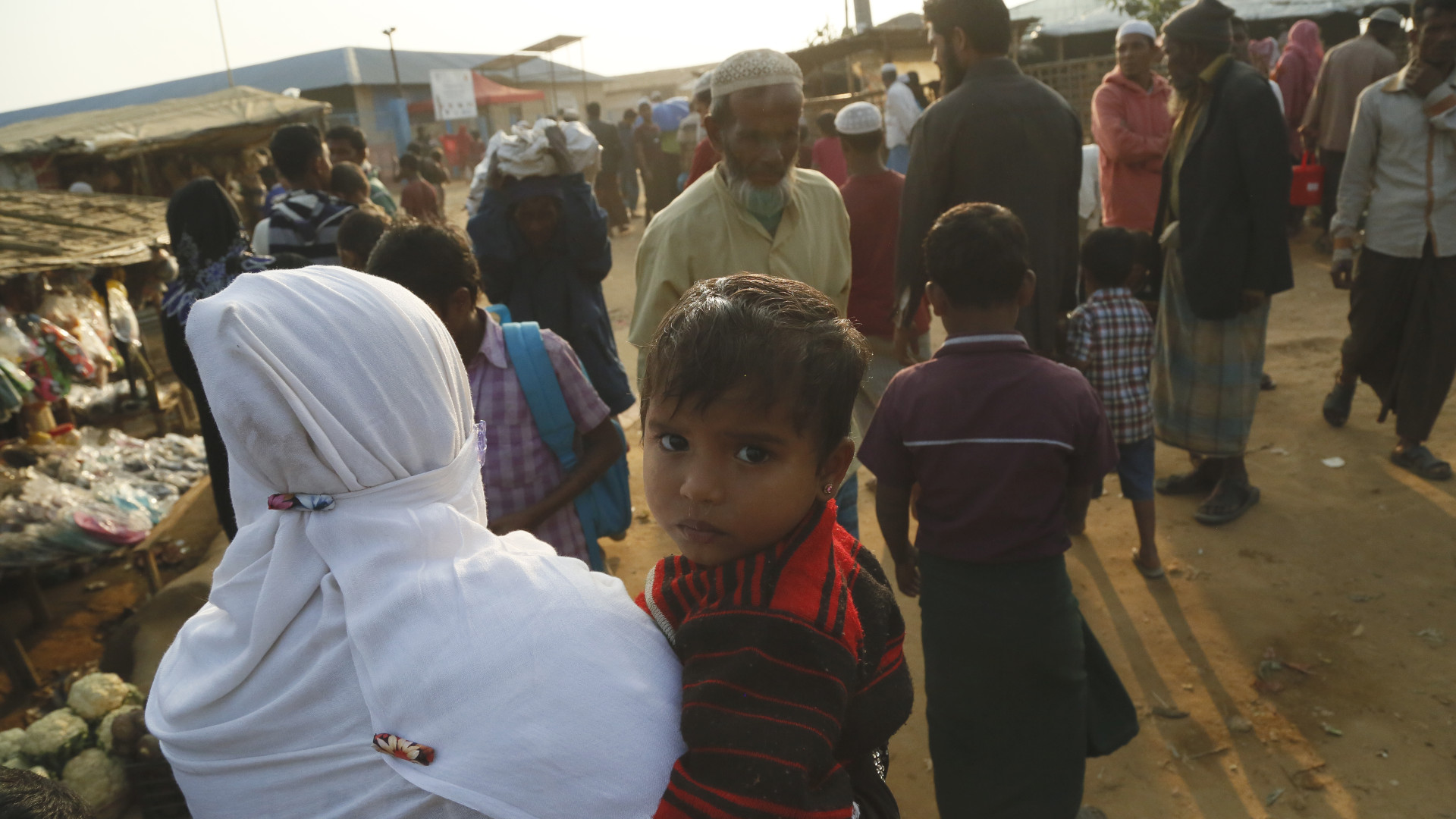The impacts of climate change could soon become big business for human traffickers, a new paper warns.
The rise in forced labor, sexual exploitation and other types of trafficking would be driven by many of the effects of climate change that are already well known and widely documented. Greenhouse gas emissions are making our oceans more acidic and destroying coral reefs, affecting communities’ access to fish and other food. Rising temperatures are causing the glaciers to shrink and contribute to sea-level rise, pushing people away from their homes. And intense heat waves and droughts are drastically impacting the livelihoods of farmers who depend on agriculture for their survival.
Collectively, these climate impacts have already started causing an increase in human migration, making people more vulnerable to trafficking, says the paper’s author, Michael Gerrard, director of the Sabin Center for Climate Law at Columbia University. “There’s no question that climate change will make things worse,” he says.
Gerrard’s work builds upon previous research. One paper, published in 2010, predicted that there could be as many as 250 million “climate refugees” by 2050. Another study in 2016 warned that by the end of the century climate change would force one-eighth of the world’s population — as many as 1.4 billion people, largely from the tropics — to migrate more than 620 miles from their current homes. Some of these “climate migrants,” finding themselves desperate for security and work, could become victims of human trafficking, the paper says.
Gerrard started thinking about this subject after attending a conference on human trafficking in the Vatican City in 2016. At the time he had been working with the Republic of the Marshall Islands, one of the island nations most vulnerable to climate change, to address legal issues that would arise if an entire nation went underwater. In the Marshall Islands, there was already evidence that people were moving as a result of rising sea levels. Seeing this connection between migration and climate inspired Gerrard to look at the link between climate change and trafficking.
Climate change, he writes in the paper, can cause populations to move in many ways, although it’s difficult to isolate it as the sole cause of human migration. In many cases ethnic or religious conflict adds pressure on people to leave. Gerrard notes that extreme flooding, water shortages, and desertification are the factors most likely to galvanize people to move. Sea-level rise, too, will force a population to abandon their land when it starts to go underwater.
Among these people who move, those are the most poor and vulnerable could fall victim to human trafficking and become subject to sexual exploitation or forced labor. This already happens in many places around the world. Studies have shown that trafficking has increased in the aftermath of natural disasters such as cyclones, flooding, earthquakes and tsunamis — which are likely to become more intense due to the effects of climate change. These people are often the most powerless and do not have the ability to lobby for their own protection, and are “often in the back of the line for governmental attention,” says Gerrard.
And although countries where climate change is already causing displacement — such as Bangladesh, Indonesia and the Philippines — may be aware of the issue, Gerrard says they may not have the resources to help those who are the most vulnerable. “These countries are almost invariably extremely poor with few governmental resources, so awareness doesn’t necessarily lead to prevention,” he says.
I witnessed this vulnerability in Bangladesh while reporting on the Rohingya crisis in April. Since last August religious violence against the stateless, Muslim minority in Myanmar sent nearly a million Rohingya across the border to Bangladesh, where they are now seeking shelter. They live in flimsy makeshift homes constructed from bamboo and tarpaulin, situated on barren hills that used to be forest. Although monsoon season does not start until June, strong winds and intermittent heavy rain are already destroying homes and lives. Women and children are being trafficked into brothels; other refugees are fleeing to different countries in Southeast Asia.
Geoffrey Dabelko, a climate security expert at Ohio University, cautions against calling people affected by these crises “climate refugees.” “We want to resist the temptation for things ‘caused by climate change,’ because it removes the responsibility from the people who are actually doing the trafficking,” he says.
Dabelko adds that he feels Gerrard’s new paper is a good example of “thinking beyond the obvious for what climate change is going to mean. It has to be understood in the wider context of migration, human trafficking and movement of people in a warmer world.”
How can we protect these migrating peoples? Gerrard says he worries that international agreements and domestic laws might not be able to combat the scale of human trafficking as a result of climate change. “Unless there’s a corresponding dramatic rise in the governmental resources devoted to enforcement, we simply won’t have enough people carrying out the enforcement,” he says.
In order to mitigate the amount of trafficking that’s projected to increase as a result of global climate change, Gerrard says the world’s economies need to transition away from using fossil fuels, which will decrease greenhouse gas emissions and can make the impacts of climate change less severe. “That’s the single most important thing that could be done,” he says.
It’s also vital to improve the ability of vulnerable communities to stay in place so that they won’t be tempted or lured away by human traffickers. “If people have clean water and adequate food, they’re more likely to stay,” Gerrard says. Other adaptations can also help. For example, communities can build their homes on stilts in areas that have periodic flooding, making that those homes less likely to be destroyed.
Strengthening enforcement against traffickers could also mitigate the impacts. “Don’t go after the victims,” he says. “Go after the traffickers.”
Ultimately Gerrard believes that if world communities, leaders and international organizations act accordingly, the amount of suffering of those who are displaced due to climate change can be reduced. “This,” he writes in the paper, “should be viewed positively by everyone.”
© 2018 Wudan Yan. All rights reserved.


